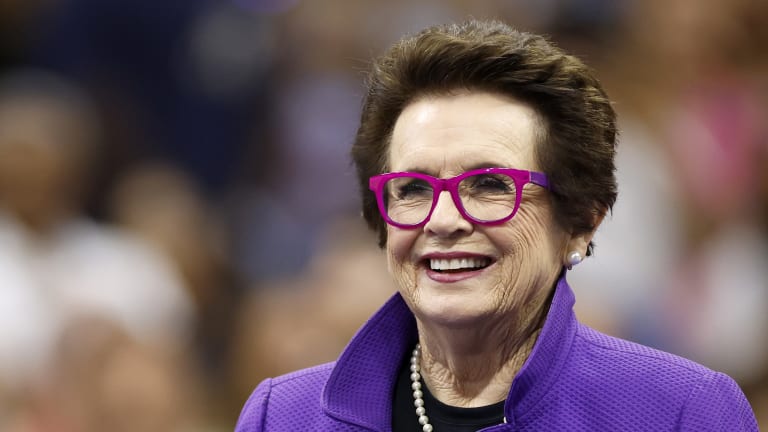How Billie Jean King changed the game
By Nov 02, 2023Ranking Reaction
Novak Djokovic to finish 2025 at No. 4 on ATP rankings, his record-breaking 16th Top 4 finish
By Nov 17, 2025Billie Jean King Cup
US Open junior champion Jeline Vandromme leads Belgium to 2026 Billie Jean King Cup Qualifiers on 18th birthday
By Nov 17, 2025Quote of the Day
Carlos Alcaraz to Jannik Sinner: Get ready for next year "because I will be ready for more finals against you"
By Nov 17, 2025ATP Finals
ATP Finals takeaway: Jannik Sinner walks the walk on making changes to Carlos Alcaraz matchup
By Nov 16, 2025Stat of the Day
Jannik Sinner has now won back-to-back ATP Finals titles without dropping a set
By Nov 16, 2025Facts & Stats
Generational Rivalry: Jannik Sinner, Carlos Alcaraz head into 2026 after playing for four of five biggest titles
By Nov 16, 2025ATP Finals
Jannik Sinner tops Carlos Alcaraz to retain ATP Finals title, ends 2025 on 15-match win streak
By Nov 16, 2025Facts & Stats
Carlos Alcaraz and Jannik Sinner's blockbuster final clash at the ATP Finals: 10 things to know
By Nov 16, 2025Quote of the Day
Carlos Alcaraz dubs Jannik Sinner "the favorite" for ATP Finals title match
By Nov 16, 2025How Billie Jean King changed the game
This special feature is presented by Microsoft.
Published Nov 02, 2023
Advertising
Advertising

The daughter of a fireman from blue-collar Long Beach, Calif., Billie Jean King has a conservative side to go with the progressive one, and an abiding belief in the power of capitalism.
© Getty Images
Advertising

BJK’s off-court successes and win over Riggs came to overshadow what she did, and what she meant, as an athlete.
© Sports Illustrated via Getty Ima